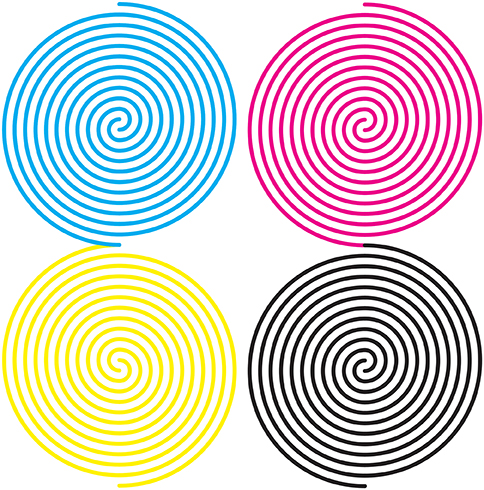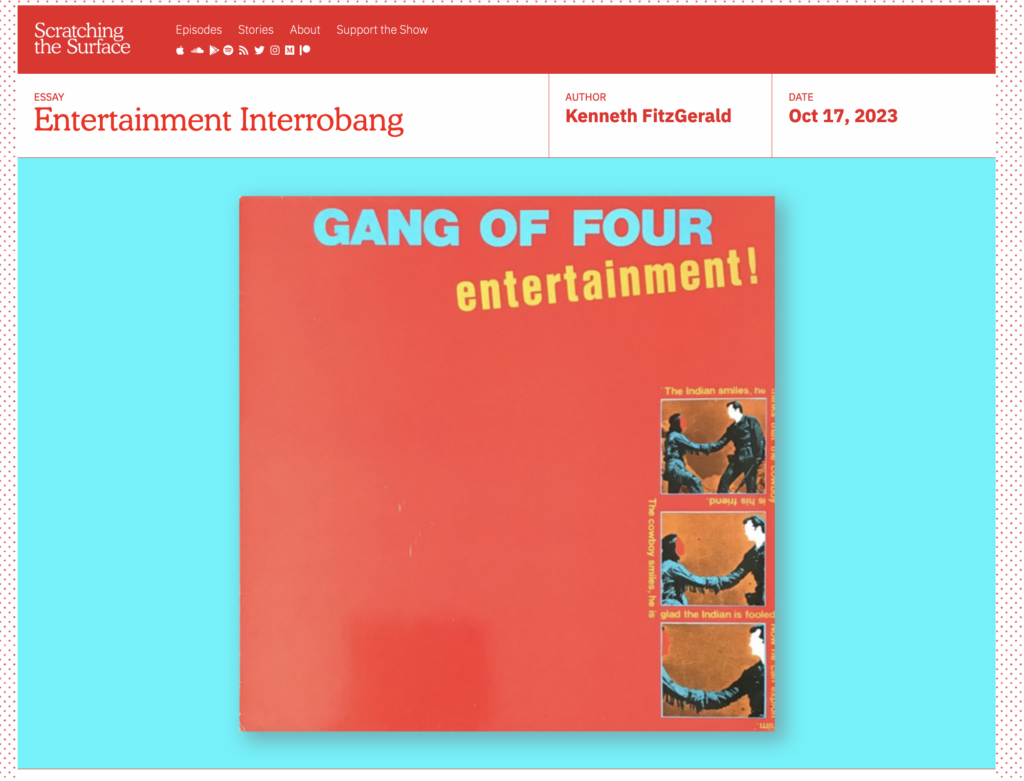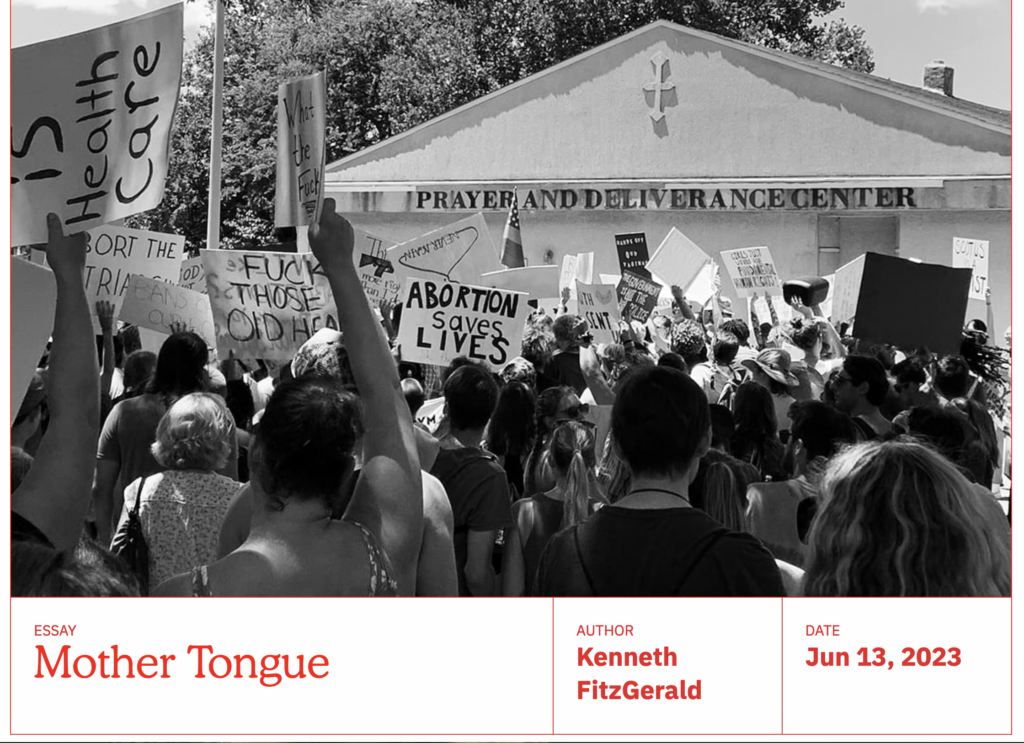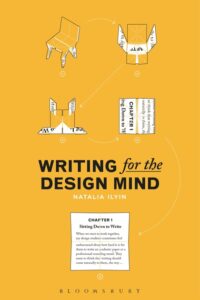My latest article, “Entertainment Interrobang,” has been posted on Jarrett Fuller’s Scratching the Surface web site of podcast and publishing. The essay proposes that graphic design belongs in the genre of entertainment.
Tag: graphic design writing
“Mother Tongue” on Scratching the Surface
My first article since 2019 has been published on the “Scratch/Stories” section of the Scratching the Surface web site. The essay answers my question, “Was the birth cry of graphic design a commercial jingle?” with a hard no, arguing that graphic design as we know it grew our of progressive, political speech.
Process Music: songs, stories, and studies of graphic culture
Process Music: songs, stories, and studies of graphic culture is the second book collection of my writings. To be published by Onomatopee Projects, the new book will gather over 40 pieces primarily from the past decade, with reprinted works first appearing in forums like Emigre, Eye, Print, Idea, Modes of Criticism, Design Observer, Speak Up, and Voice: AIGA Journal of Graphic Design. Others are texts of lectures and presentations, have appeared on his blog or elsewhere online, or are original to this collection. Many are unavailable or hard (and expensive) to find. The book will also feature a prelude composed by AIGA Design Medalist and Design Matters host Debbie Millman.
Process Music refers to print media and the intentions behind design activity. It is interested in visual culture, providing deeper readings and close viewings of graphic design artifacts and activity, frequently examined through the lens of music. Employing a range of narrative voices, the works combine academic rigor with the accessibility of popular forms like music journalism. FitzGerald regards himself as a critical enthusiast: knowledgeable, appreciative and irreverent.
The book is organized in four sections and a coda: “Blues in CMYK” contains short essays that focus on concepts and topics in graphic design, such as the practice, limits, and potential of design criticism; different aspects of design education; the importance of metaphor and cross-disciplinary inspiration; inclusivity and responsibility in design; the proper context of digital technology; authenticity; the influence of religious faith on design activity, and more.
“Interlude with Designers” presents appreciations of famed and upstart individuals in the discipline, including Barney Bubbles, Paul Rand, William Addison Dwiggins, Jacqueline Casey, Paula Scher, Vaughan Oliver, Martin Venezky, illustrator Mark Andresen, and design activist Andrew Breitenberg.
“Omnigraphy” has expanded reviews and studies on graphic design and music works, performers and practitioners. Figures covered include Josef-Müller Brockmann, Rudy VanderLans and Zuzana Licko/Emigre, Elliott Earls, Stefan Sagmeister, Hipgnosis, Fuel, and the musicians Van Dyke Parks, and British band Cornershop. Artifacts examined include books, interactive projects, typefaces, independent and mass market magazines, posters, and record albums.
“My Back Pages” offers short memoirs and stories that take a personal perspective on creativity, visual culture and communication. Lastly, “(extended play)” offers a short fiction.
Writing for the Design Mind
I receive a shout-out in the introduction to and have an essay serve as an example in Natalia Ilyin’s Writing for the Design Mind (Bloomsbury Visual Arts). The new book “offers clear, concise, and humorous writing tips, techniques and strategies to people who have spent their lives mastering design rather than learning to write.”
In her introduction, Ilyin writes, “I shall never understand why people assume that they should be able to write like Michael Bierut or Gail Anderson or Kenneth FitzGerald the first time they write anything. These well-known writers have practiced their writing for a long, long time. Their first efforts were probably stiff, wordy, and dull. But they kept practicing, kept going, and became wonderful writers.”
In the book’s seventh chapter, “Writing Is Argument,” my 2004 essay from Emigre #66, “I Come to Bury Graphic Design, Not To Praise It,” (published in Volume under its original title, “Professional Suicide,”) is used to demonstrate a “house diagram” that illustrates an article’s argument.
My thanks to Natalia for the mentions!




